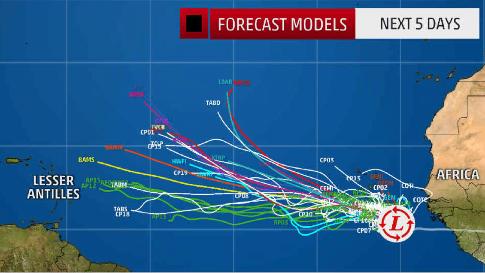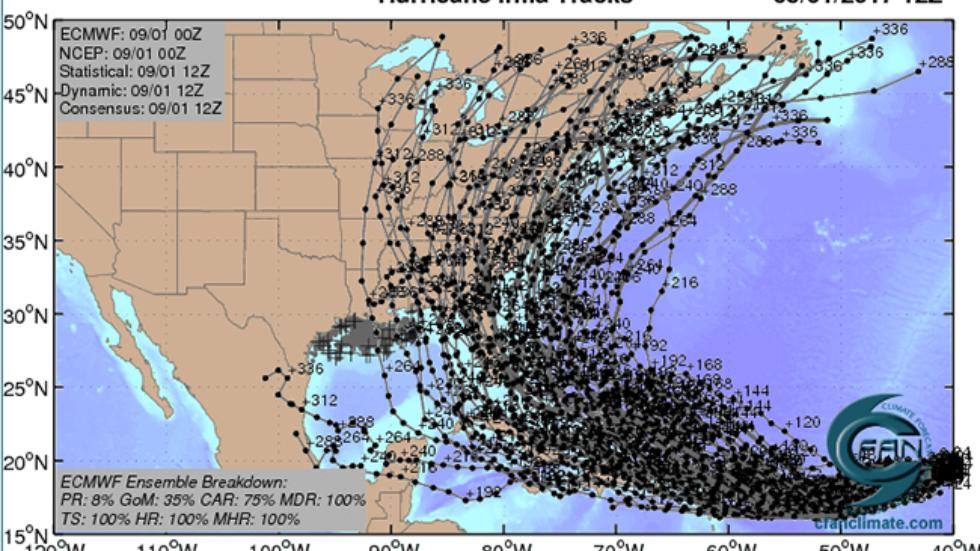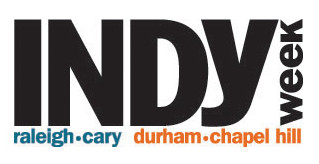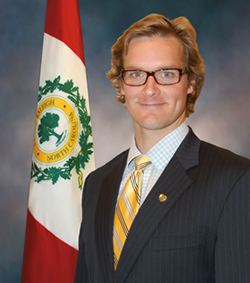The Weather Channel also produced a great primer on hurricane “spaghetti models” and what they show and (more importantly) leave out.
There’s a delicious-sounding term that’s about to make its way back into the weather forecasting lexicon as hurricane season ramps up, but it has nothing to do with food.Spaghetti weather models, also known as spaghetti plots, are a simplistic way of conveying a lot of tropical information quickly, but there can also be downfalls to relying on these plots.
1. Spaghetti Plots Do Not Portray Any Impacts
Although most models show possible impacts, to present many models succinctly on a single chart, meteorologists generally produce spaghetti plots that usually only show the “where” and a loose representation of “when” for tropical systems.
To get to this level of brevity, meteorologists must only focus on the center point of a tropical system, which may or may not be accurate. We’ll get to more on that limitation later, but for now, let’s focus on the lack of impacts.



